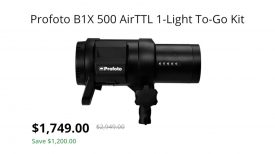
Japanese broadcaster NHK will start broadcasting 8K on a permanent basis from December 1st this year. NHK collectively refers to 4K / 8K as “Super Hi-Vision“, and with the 2020 Tokyo Olympic Games and the Paralympic Games not too far away, this is a major step in transitioning viewers to what the broadcaster is calling a “New era of full-scale super high vision”.
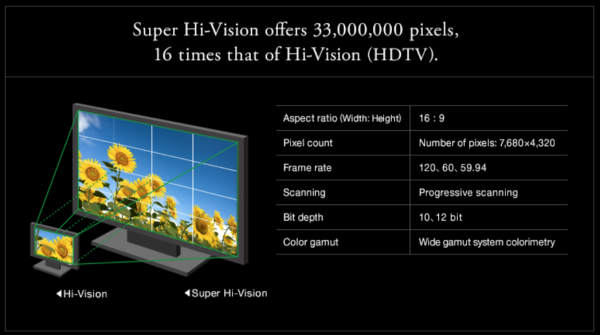
NHK’s 8K (well it’s actually 7680 x 4320) broadcasts will be available on a special channel between the hours of 10 am and 10 pm on a daily basis. The picture quality of the broadcasts will be 16 x greater than that of HD, and audio will be delivered in 22.2 multi-channel. NHK will be broadcasting in frame rates of 59.94, 60 and 120P.

Currently, NHK only has a very limited number of programs in 8K that they will be broadcasting. These programs will be shown multiple times during the period of one day.
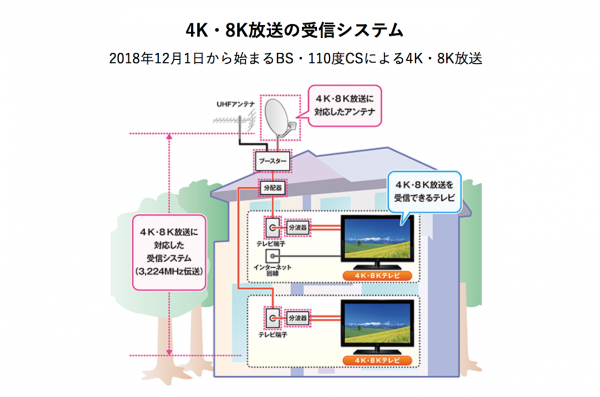
To be able to watch 8K you are going to need not only an 8K capable television but also a dedicated satellite dish to receive the transmissions. NHK also says that viewers may also need to replace receiving equipment such as boosters and distributor boxes. Currently in Japan to watch 4K material you only need a decoder box (these are around $800-$1000 USD). NHK’s 4K and 8K broadcasting is done with BS and 110 ° CS satellite broadcasting. At present, NHK has no concrete plans of 4K / 8K broadcasting by terrestrial digital broadcasting. These means a sizeable investment by the consumer will be required if they want to watch 8K material.
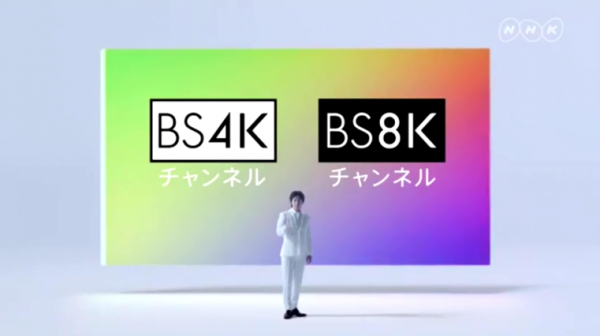
It was only 4 years ago that NHK successfully conducted an 8K image transmission test using the nation’s largest cable TV facility. In that same year, 2014, they showed vision shot using an 8K Super Hi-Vision camera with a frame frequency of 120Hz.
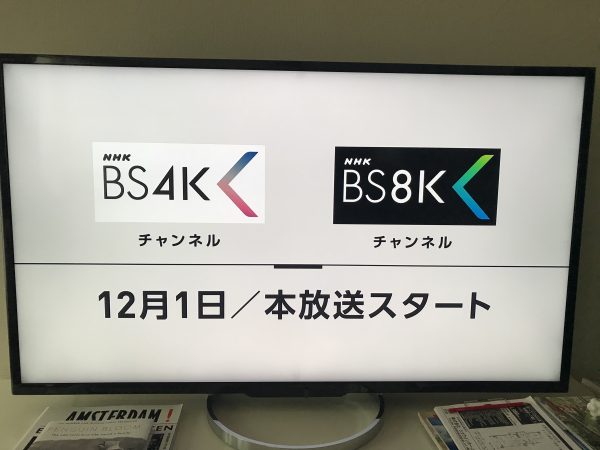
Lately, on my TV here in Japan I have been seeing more and more ads for NHK’s 8K broadcasting. You would think that most people in Japan would be watching 4K broadcasts or at least own a 4K capable TV, but that couldn’t be further from the truth. Most Japanese are still watching HD broadcasts on HD televisions. It’s somewhat strange that NHK is now pushing 8K, even though you still can only watch very limited content in 4K on their channels.
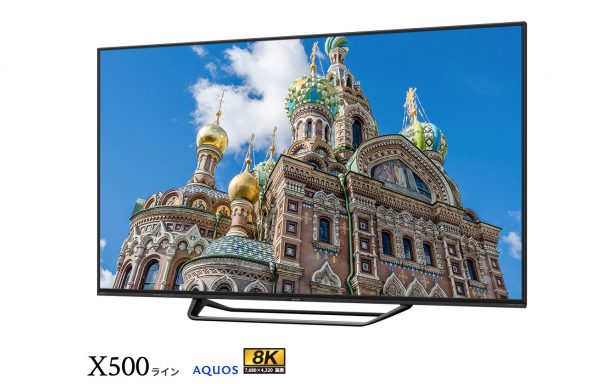
8K TV’s are far and few between and models such as the 70″ SHARP LC-70X500 sell for ¥1,058,400 ($9,500 USD) here in Japan. I wouldn’t hold your breath waiting for 8K content to be broadcast in most other places in the world anytime soon. In the US, for example, the whole broadcasting infrastructure isn’t set up for 8K, and streaming services such as Netflix are solely focused on 4K at this point in time.



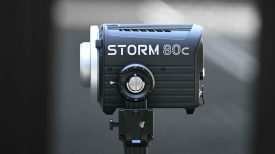
-275x154.jpeg)
